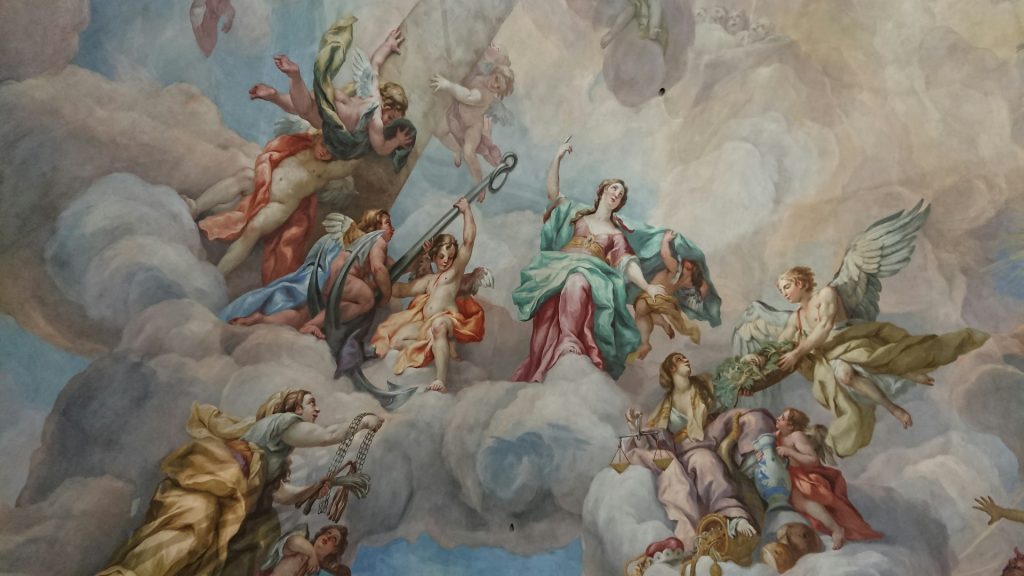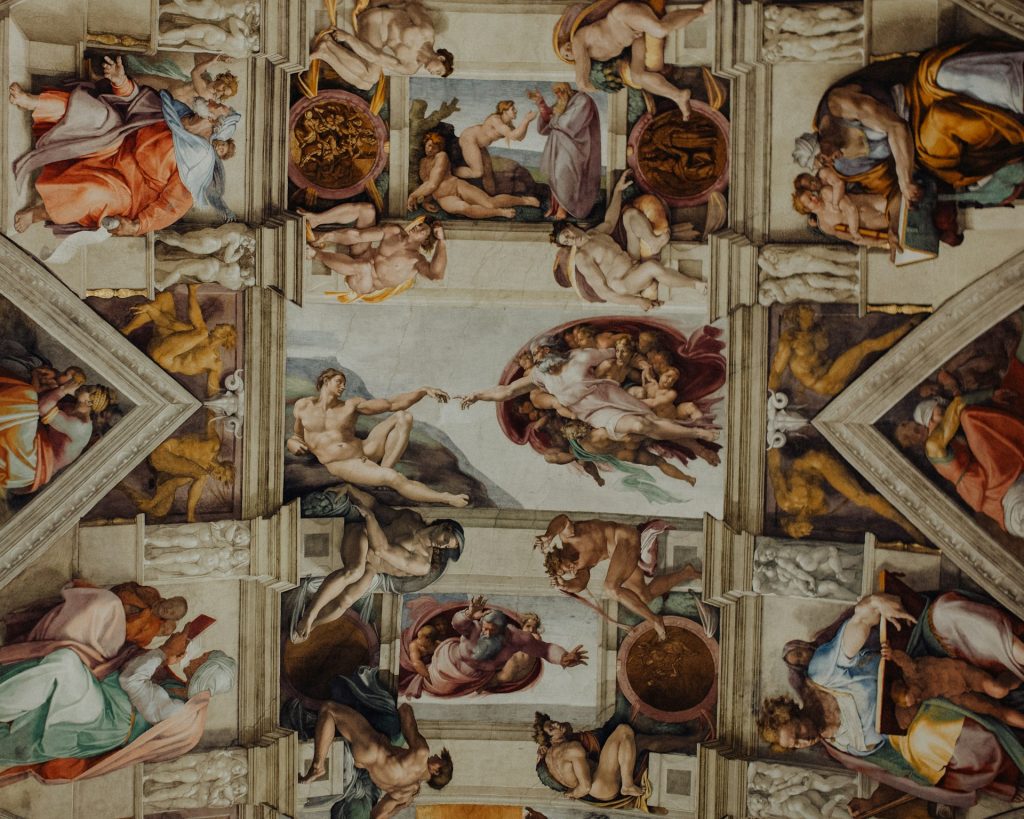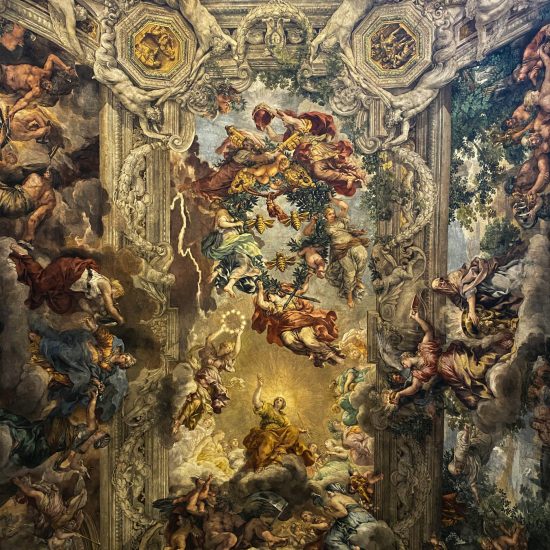Introduction: How some pieces of art became famous
Art… art, whether it’s famous or some kind of niche, is all around us, and there is more of it than ever. We keep posters and decorations in our rooms, place statues in our parks, and our buildings have elaborate designs. There are art exhibitions left and right, there is photography, graffiti, music on our phones, modern art, classical art – heck, some people even wear art on their skin.
As you can see, in today’s world, there exists a sea of creativity so vast that you can easily get lost in it. As a result of this abundance, we barely bat an eye when we see some kind of artwork. Although this hasn’t always been the case – there were times when only the richest could afford any kind of art, when people couldn’t constantly listen to music on the go, and today’s world was unimaginable. Despite these conditions, some of the most brilliant artworks in history were born during this time, and arguably, this guaranteed their fame even to this day. On that note – let us then take a look at some of the most famous art in the world:

Source: https://unsplash.com/photos/religious-painting-aAxn9pYE8L0
One of the most famous pieces of art: the Mona Lisa by Leonardo da Vinci
Of course, the famous Mona Lisa. I’m convinced that if you ask any isolated Indigenous tribe in the most abandoned corners of the world if they’ve heard about the Mona Lisa, their answer is going to be a resounding yes.
The Mona Lisa was created by the masterful Renaissance artist Leonardo da Vinci. Painted between 1503 and 1506, it features a portrait of a woman with an enigmatic smile, often thought to be Lisa Gherardini, the wife of a wealthy Florentine merchant. The painting’s fame can be attributed to several factors: its mysterious subject, Leonardo’s innovative techniques, and its intriguing history.
It even spent some time in Napoleon’s bedroom, but the most adventurous part was when it was stolen from the Louvre Museum in 1911. The thief was an Italian handyman named Vincenzo Peruggia, who believed the painting should be returned to Italy. After being missing for two years, it was recovered and returned to the Louvre, where it continues to captivate millions of visitors each year.
Starry Night by Vincent van Gogh
Starry Night was painted in 1889 and is one of Vincent van Gogh’s most famous works. It depicts a serene village under a swirling sky filled with luminous stars. Van Gogh’s bold brushstrokes and vibrant colors create a sense of movement and emotion in the night sky, contrasting with the tranquil village below. Painted during his stay at an asylum in France, the artwork reflects van Gogh’s profound connection to nature and his expressive style. An interesting tidbit for physics enthusiasts: scientists, after carefully studying the paintings of van Gogh, concluded that the brushstrokes of the paintings from his period of psychotic agitation very closely resemble the physical patterns found in turbulence, whereas those of his other works, as well as his contemporaries, do not.
David by Michelangelo
David is a masterpiece of Renaissance sculpture created by Michelangelo between 1501 and 1504. Carved from a single block of white marble, the statue depicts the biblical hero David in a moment of contemplation before his battle with Goliath. Standing over 17 feet (5.17 meters) tall, the sculpture showcases Michelangelo’s attention to detail with intricate musculature, veins, and expression of concentration on David’s face. Originally commissioned as one of a series of sculptures to adorn the Florence Cathedral, David became a symbol of Florentine independence and the ideals of humanism. Today, the original statue is housed in the Accademia Gallery in Florence, Italy.
The Thinker by Auguste Rodin
The Thinker is one of the most iconic sculptures created by the French artist Auguste Rodin. First conceived in 1880 as part of a larger work called The Gates of Hell, the bronze sculpture depicts a nude and muscular male figure in a seated position, deeply absorbed in thought, with his right hand supporting his chin and his left hand resting on his knee. The Thinker is often interpreted as representing the power of human intellect and the pursuit of knowledge and wisdom. Today, numerous casts of The Thinker can be found in museums and public spaces around the world, making people wonder: what could he be thinking about?
The Creation of Adam by Michelangelo

Source: https://unsplash.com/photos/ceiling-art-of-sistine-chapel-y8b001e2bs0
The Creation of Adam is one of the most famous paintings of Michelangelo. It was painted on the ceiling of the Sistine Chapel around 1511, portraying the iconic moment from Genesis where God gives life to Adam with a touch of divine grace. We see God and Adam reaching out to each other with their hands. God is in the upper right part, surrounded by angels and enveloped in a crimson cloth-like background. Adam is lying on the ground, with his arm outstretched towards God. The scene takes place against a sky-like backdrop. The most notable feature is their fingers almost touching, symbolizing the connection between man and God.
The painting inspired many of today’s artists and has made several appearances in the media.
Final notes: Famous Art
This article was meant to give you a taste of some of the most known artworks of our time, and it is by no means an exhaustive list. It intends to encourage the curious reader to explore the world of art. Find what you enjoy the most, may that range from sculptures and paintings to architectural marvels and installations, or whatever you find inspiring.




